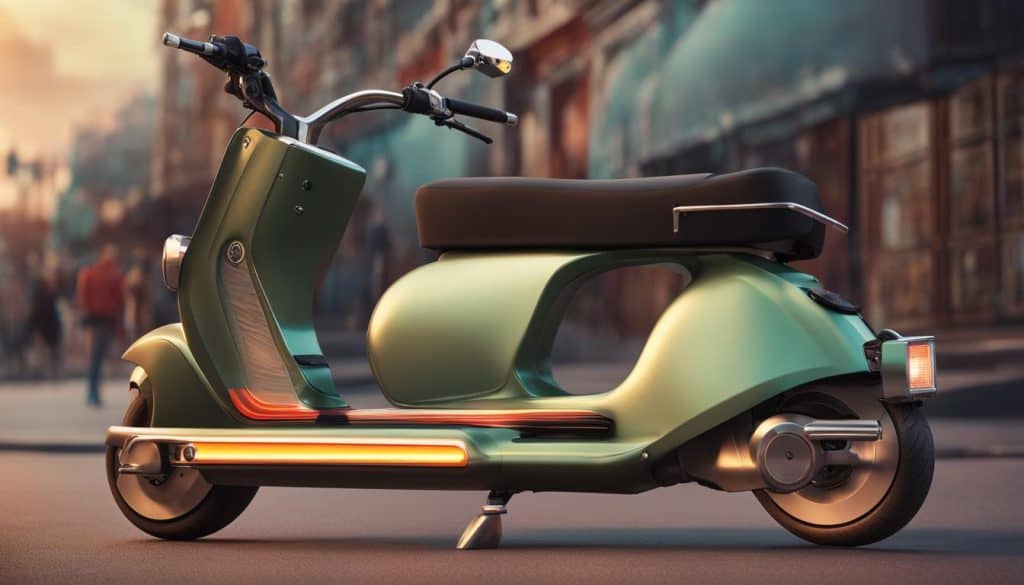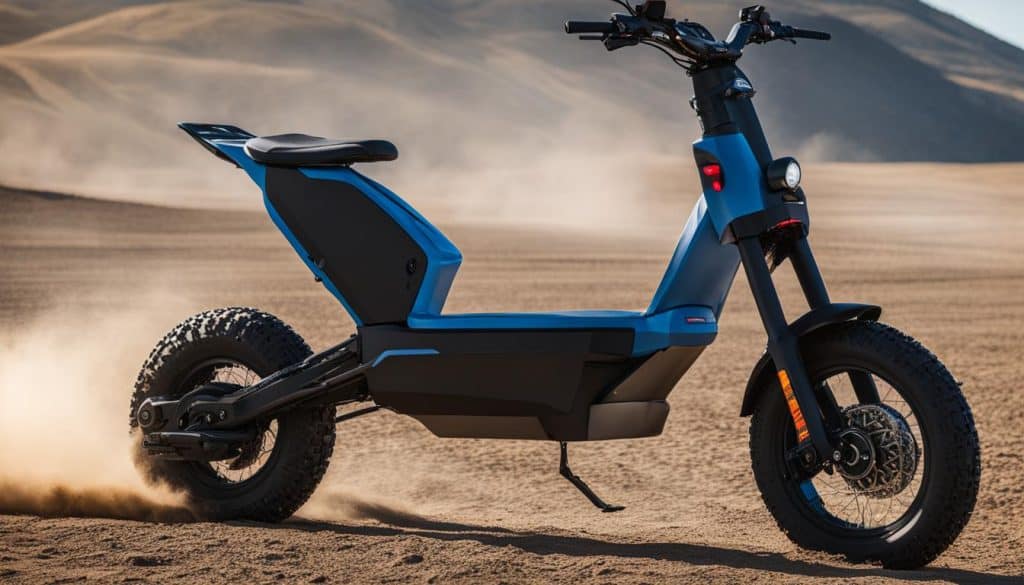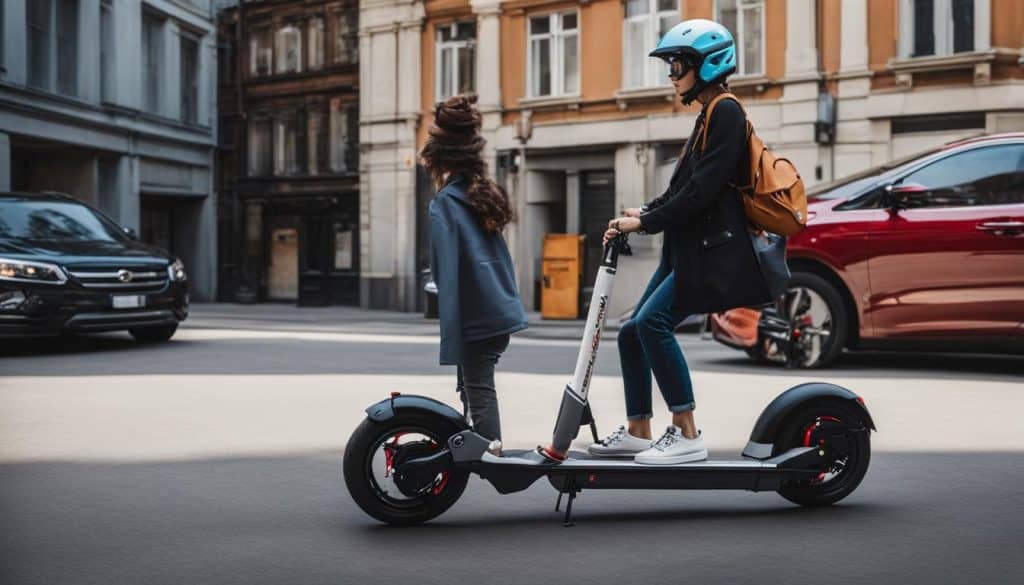Greetings, fellow scooter enthusiasts! Are you new to the world of electric scooters? Fear not, for I am here to provide you with a complete beginner’s guide to everything electric scooting. By the end of this article, you’ll be ready to hit the road with the confidence of a seasoned pro.
Electric scooters have become increasingly popular in recent years, and for good reason. They’re environmentally friendly, cost-effective, and a fun way to get around town. However, as a beginner, it can be overwhelming to navigate the world of scooting. That’s where this guide comes in handy.
From understanding the different types of electric scooters to learning about the essential components that power your ride, we’ve got you covered. Our focus is on helping novices become pros, and we’ll provide you with all the scooting essentials you need to know.
So, buckle up and get ready to learn about the exciting world of electric scooters. Let’s dive in!
< class="wp-block-separator has-alpha-channel-opacity"/>What Are Electric Scooters? A Definition and Basic Description
As a complete beginner to the world of electric scooters, it’s crucial to understand what they are and their basic functions. Simply put, electric scooters are scooters that are powered by electricity. Unlike traditional scooters, they don’t require physical exertion to operate, making them a convenient and eco-friendly mode of transportation.
Electric scooters have a motor, battery, controller, and brakes, which work together to propel the scooter forward. The motor is responsible for converting the electric energy from the battery into mechanical energy, which moves the scooter’s wheels. The controller manages the motor’s speed and power output, while the brakes are used to slow down or stop the scooter.
One of the main advantages of electric scooters is they’re easy to use, making them an excellent choice for novices who are looking to become pros.
There’s no need to worry about shifting gears or mastering complex driving techniques, making electric scooters a great option for anyone looking for a hassle-free mode of transportation.
A Brief History and Evolution of Electric Scooters
Electric scooters have come a long way since their inception. They’ve evolved from being simple electrically powered bicycles to sophisticated machines that can reach top speeds of up to 70 mph. In this section, I’ll take a closer look at the history and evolution of electric scooters.
The Early Days
The idea of an electrically powered scooter is not a new one. In fact, they have been around since the early 1900s. The first electric scooter was patented in 1895 by Hosea W. Libbey, and it was followed by a number of other electric scooter patents in the early 1900s. However, these early electric scooters were not very practical or efficient, and they didn’t have a large following.
The Rise of the Modern Electric Scooter
The modern electric scooter as we know it today started to gain popularity in the late 1990s and early 2000s. With the development of new battery technologies, electric scooters became more efficient, and their range increased. At the same time, the price of electric scooters started to come down, making them more affordable for a wider range of people.
One of the key events that helped to popularize electric scooters was the introduction of the Segway in 2001. Although the Segway was not technically a scooter, it was an electrically powered, self-balancing vehicle that captured the public’s imagination and helped to fuel interest in electric mobility.
The Modern Era
Today, electric scooters are everywhere. They have become an increasingly popular mode of transportation in cities around the world, thanks in part to the rise of companies like Bird and Lime, which offer electric scooter rentals to the public.
Electric scooters continue to evolve, with new technologies being developed all the time. Some of the most notable recent developments include the introduction of regenerative braking, which allows electric scooters to recharge their batteries while braking, and the use of smart technologies to improve safety and efficiency.

< class="wp-block-separator has-alpha-channel-opacity"/>“Electric scooters have come a long way since their inception. They’ve evolved from being simple electrically powered bicycles to sophisticated machines that can reach top speeds of up to 70 mph.”
Different Types of Electric Scooters: Commuter, Off-Road, Folding, and More
When it comes to electric scooters, there are a variety of options on the market. Each type of scooter is designed with specific features and functions to suit different needs and preferences. In this section, I’ll break down the different types of electric scooters available, including commuter, off-road, folding, and more.
Commuter Scooters
Commuter scooters are designed for daily use in urban areas. They typically have smaller tires and a lightweight frame, making them easy to maneuver t ough traffic and busy streets. Commuter scooters have a range of around 15-20 miles and can reach speeds of up to 15 mph.

Some popular examples of commuter scooters include the Xiaomi Mi M365, the Glion Dolly, and the Razor E300 Electric Scooter.
Off-Road Scooters
Off-road electric scooters are designed to handle rough terrain and uneven surfaces. They typically have larger tires and a more robust frame to provide stability and durability. Off-road scooters have a range of around 25-30 miles and can reach speeds of up to 25 mph.

Some popular examples of off-road scooters include the NANROBOT D5+ and the QIEWA QPOWER.
Folding Scooters
Folding electric scooters are designed for convenience and portability. They typically have a lightweight frame that can be easily folded and carried. Folding scooters have a range of around 10-15 miles and can reach speeds of up to 15 mph.

Some popular examples of folding scooters include the Razor E Prime Air and the Segway Ninebot ES2.
T ee-Wheeled Scooters
T ee-wheeled electric scooters are becoming increasingly popular for their added stability and safety features. They typically have a wider base and two front wheels, making them more balanced and easier to control. T ee-wheeled scooters have a range of around 15-20 miles and can reach speeds of up to 15 mph.

Some popular examples of t ee-wheeled scooters include the Razor E300S Seated Electric Scooter and the Swagtron Cali Drift T ee-Wheeled Electric Scooter.
Final Thoughts
Choosing the right type of electric scooter depends on your needs and preferences. Whether you’re looking for a daily commuter, an off-road adventure, or a convenient folding scooter, there’s an option out there for you. Consider the range, speed, and features of each scooter before making your choice.
< class="wp-block-separator has-alpha-channel-opacity"/>How Do Electric Scooters Work?
Electric scooters are powered by a propulsion system that consists of several components.
The Motor
The motor is the heart of the electric scooter. It is responsible for converting electrical energy from the battery into mechanical energy that moves the scooter. The power of the motor determines how fast the scooter can go and how much weight it can carry.
The Battery
The battery is the source of electrical energy that powers the motor. The battery capacity determines the range of the scooter. The larger the battery, the longer the range. Most electric scooters use lithium-ion batteries, which are lightweight and have a high energy density.
The Controller
The controller is the brain of the electric scooter. It regulates the electrical current from the battery to the motor, controlling the speed and acceleration of the scooter. It also monitors the battery level and manages the charging process.
The Brakes
The brakes are essential for safety. Most electric scooters use disc brakes or drum brakes, which are similar to the brakes on traditional bikes. Some electric scooters also have regenerative braking, which uses the motor to slow down the scooter and recharge the battery.
Understanding how these components work together is essential for maintaining and repairing your electric scooter. It’s also important to follow the manufacturer’s instructions for charging and using the scooter to prolong its lifespan.


